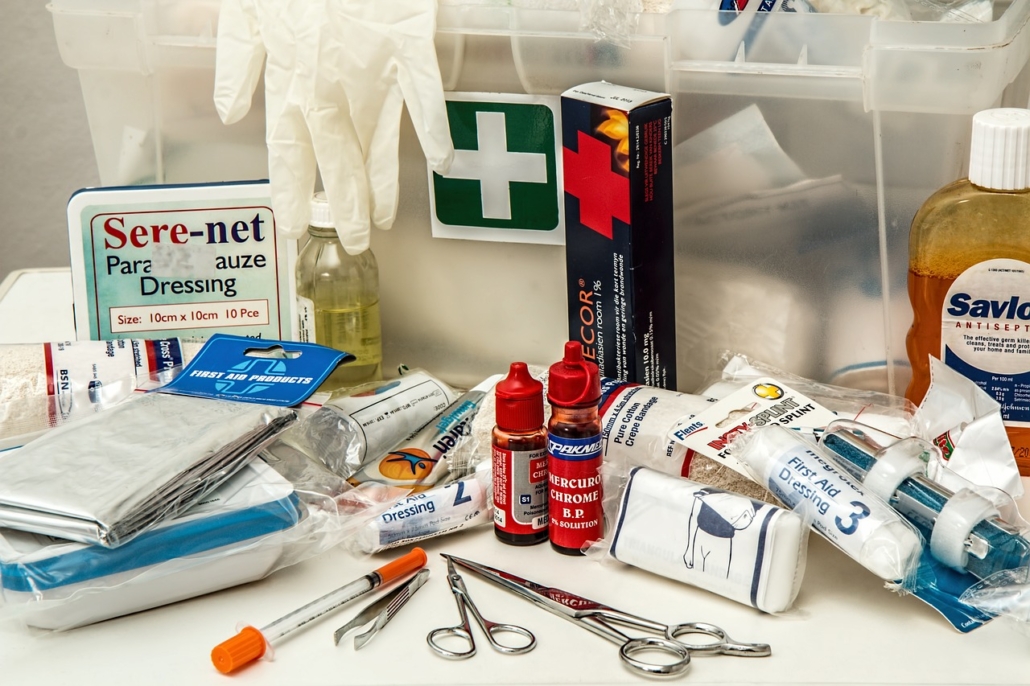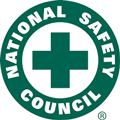The Definitive Guide to Prevent Romance Scams
Financial fraud takes many forms, but romance scams are arguably the most devastating. They exploit not just finances, but also emotions, leaving victims heartbroken and betrayed.
Think you’re immune to romance scams? Don’t be so sure. Loneliness can cloud judgment, making even the most savvy individuals vulnerable. While you might not fall victim, someone you care about could.
Consider those close to you – a family member, a friend, a loved one. Have they ever expressed feelings of loneliness? It’s during these times that we’re all more susceptible to making poor choices, including falling for online scams.
Just this week, a woman fell victim to a romance scam and reached out to me for help. Not only did she lose thousands of dollars, but the scammer then posed as a cybersecurity expert, offering to recover her funds for an additional fee. This is a devastating example of how scammers exploit vulnerability and trust.
Big Money Losses
In 2023, reported losses to romance scams in the United States reached approximately $1.14 billion, according to the Federal Trade Commission (FTC). The median loss per victim was around $2,000, making romance scams the highest reported losses among various forms of imposter scams. Additionally, the FBI recorded nearly 17,823 complaints related to romance scams, totaling about $653 million in losses.
Based on research, there is no single demographic that is definitively the most vulnerable to romance scams. However, several groups appear to be at higher risk:
Middle-aged individuals: People aged 55-64 are most likely to fall victim to romance scams, with a 49% increase in cases for this age group in 2023 compared to 2022.
Older adults: Those aged 65-74 lose the most money on average.
Men: Slightly more likely to be victims, making up 52% of cases in 2023.
Women: While less likely to be victims, they tend to report higher losses when scammed.
Recently widowed or divorced seniors: Targeted due to potential vulnerability and access to cash.
Young adults: The 18-29 age group is most commonly targeted for romance scam sextortion.
While older adults are often considered vulnerable, recent studies suggest scammers target all generations almost equally. Factors such as loneliness, impulsivity, and online behavior contribute to vulnerability across age groups.
Brad Pitt Is NOT Perusing You
The Brad Pitt romance scam was a sophisticated fraud that targeted a 53-year-old French interior designer named Anne in 2024.
The scam began when a woman names Anne in France was approached on Instagram by someone claiming to be Brad Pitt’s mother, Jane Etta Pitt. Over the course of a year and a half, Anne believed she was in an online romantic relationship with Brad Pitt. Scammers used AI-generated images and fake social media accounts to create convincing content, including photos of Pitt in hospital settings. The fraudsters used plenty of emotional manipulation, and sent Anne love poems, songs, and even a marriage proposal to gain her trust.
Scammers claimed Pitt needed money for kidney cancer treatment, alleging his accounts were frozen due to his divorce from Angelina Jolie. It’s not exactly clear, how the money changed hands, but Anne lost approximately $850,000 to the scammers, her entire life savings. Some reports alluded to her married at the time, and her rich husband’s bank account was likely where that money came from.
The scam led Anne to divorce her husband and attempt suicide three times after realizing she had been defrauded. Brad Pitt’s representatives warned fans that the actor does not have a social media presence and urged caution against unsolicited online outreach.
This case highlights the increasing sophistication of romance scams, particularly those using AI technology, and the severe emotional and financial toll they can take on victims.
Romance Scam Recipe
A romance scam is a deceptive scheme where fraudsters create fake online profiles to establish romantic relationships with victims for financial gain. Key aspects include:
1. Scammers use dating sites, apps, or social media to contact potential victims.
2. They create attractive, fake profiles, often claiming to be in the military, working abroad, or in similar situations.
3. Scammers quickly develop an emotional connection, sometimes declaring love rapidly.
4. They avoid in-person meetings or video calls, making excuses about their unavailability.
Victims Function in Denial
Victims of romance scams often struggle to believe they are being scammed due to several psychological factors:
- Emotional attachment: Scammers build intense emotional connections over time, making it difficult for victims to accept the relationship isn’t real.
- Cognitive dissonance: Victims find it challenging to reconcile their strong feelings with the idea that they’ve been deceived.
- Trauma bonding: The cyclical pattern of affection and degradation creates a dysfunctional attachment, making it hard for victims to leave the relationship.
- Sunk cost fallacy: Victims continue investing in the relationship due to how much they’ve already committed emotionally and financially.
- Trust and benevolence: Victims tend to be more trusting and benevolent, making them more susceptible to manipulation.
- Impulsivity: Romance scam victims often score higher on impulsivity measures, particularly urgency and sensation-seeking.
- Idealization: Many victims describe scammers as “ideal partners,” making it difficult to separate the criminal from the fake identity.
- Psychological distress: The emotional trauma of the scam can lead to symptoms resembling depression, grief, or PTSD, clouding judgment.
- Shame and embarrassment: Victims may be reluctant to admit they’ve been scammed due to fear of judgment or ridicule.
- Sophisticated manipulation: Scammers use advanced techniques, including AI-generated images and voices, making their deceptions increasingly convincing.
These factors combine to create a powerful psychological barrier that prevents victims from recognizing or accepting that they are being scammed, even when presented with evidence.
Online Dating Sites a Predators Tool
Online dating sites inadvertently facilitate romance scammers in several ways. Scammers can quickly set up fake profiles with stolen photos and fabricated information.
- Limited verification: Many sites lack robust identity verification processes, allowing fraudsters to operate anonymously.
- Algorithmic matching: Scammers exploit matching algorithms to target vulnerable users based on their profiles.
- Private messaging: Built-in messaging systems enable scammers to communicate directly with potential victims.
- Emotional context: The romantic nature of dating sites makes users more susceptible to emotional manipulation.
- Isolation tactics: Scammers can easily request to move conversations off-platform, isolating victims from site protections.
- Large user base: The high volume of users provides a vast pool of potential targets for scammers.
- Limited monitoring: Many sites struggle to effectively monitor and detect fraudulent activity due to the scale of user interactions.
- Cross-platform vulnerabilities: Scammers can use information from dating profiles to target victims on other social media platforms.
- Normalization of online relationships: The acceptance of forming relationships online makes it easier for scammers to build trust without meeting in person.
These factors combine to create an environment where romance scammers can operate with relative ease, despite efforts by some platforms to implement safety measures.
Loneliness is AWFUL!
People feel lonely due to a variety of factors that can be categorized into psychological, situational, and social aspects:
Psychological Factors
1. Social anxiety and shyness: These can prevent individuals from forming lasting relationships and lead to avoidant behaviors in social situations.
2. Low self-esteem and self-efficacy: Believing in one’s inability to succeed in social situations can contribute to loneliness.
3. Mental health issues: Conditions like depression and anxiety can both cause and be exacerbated by loneliness.
4. Maladaptive cognition: Long-term loneliness can lead to hypervigilance and social awkwardness, making it harder to maintain or establish relationships.
Situational Factors
1. Life changes: Events such as bereavement, end of relationships, job loss, retirement, or moving to a new area can trigger feelings of loneliness.
2. Physical isolation: Living alone or in areas with low population density can limit social interactions.
3. Health issues: Illness, disability, or mobility problems can restrict social engagement.
4. Caregiving responsibilities: Providing care that feels burdensome can lead to social isolation.
Social and Cultural Factors
1. Lack of meaningful connections: Despite having social contacts, a person may feel lonely if these relationships lack depth or significance.
2. Cultural transitions: Migrants may experience loneliness due to missing their home culture or struggling to adapt to a new one.
3. Societal changes: Increasing individualism in Western cultures may contribute to loneliness by prioritizing personal goals over communal values.
4. Social contagion: Loneliness can spread through social groups, as lonely individuals may inadvertently push others away due to maladaptive behaviors.
Understanding these diverse factors is crucial for addressing loneliness effectively, as it often results from a complex interplay of personal, situational, and societal influences.
Protect Your Self or a Loved One
Here are the top 10 romance scam red flags to be aware of:
Rapid emotional attachment: Professing love quickly without meeting in person.
Avoiding face-to-face meetings: Always having excuses to cancel planned meetings.
Requests for money: Asking for financial assistance, often for emergencies or travel expenses.
Unrealistic profile photos: Using images that look like models or are too good to be true.
Pressure to move communication off-site: Wanting to quickly leave dating platforms for private messaging.
Vague or inconsistent personal details: Providing little information about themselves or changing their story.
Excessive interest in your personal life: Asking many questions but revealing little about themselves.
Claims of working in positions that require frequent travel: Such as military, government official, or oil rig worker.
Urgent requests or emotional manipulation: Using pressure tactics to make quick decisions.
Asking for sensitive information: Seeking personal details that could be used for identity theft or security questions.
These red flags can help individuals identify potential romance scammers and protect themselves from financial and emotional harm. Romance scams prey on emotions, leading to financial loss and heartbreak. Be vigilant, research online connections, and never send money to someone you haven’t met in person. Protect yourself and your loved ones by staying informed and aware.
Robert Siciliano CSP, CSI, CITRMS is a security expert and private investigator with 30+ years experience, #1 Best Selling Amazon author of 5 books, and the architect of the CSI Protection certification; a Cyber Social Identity and Personal Protection security awareness training program. He is a frequent speaker and media commentator, and CEO of Safr.Me and Head Trainer at ProtectNowLLC.com.


























